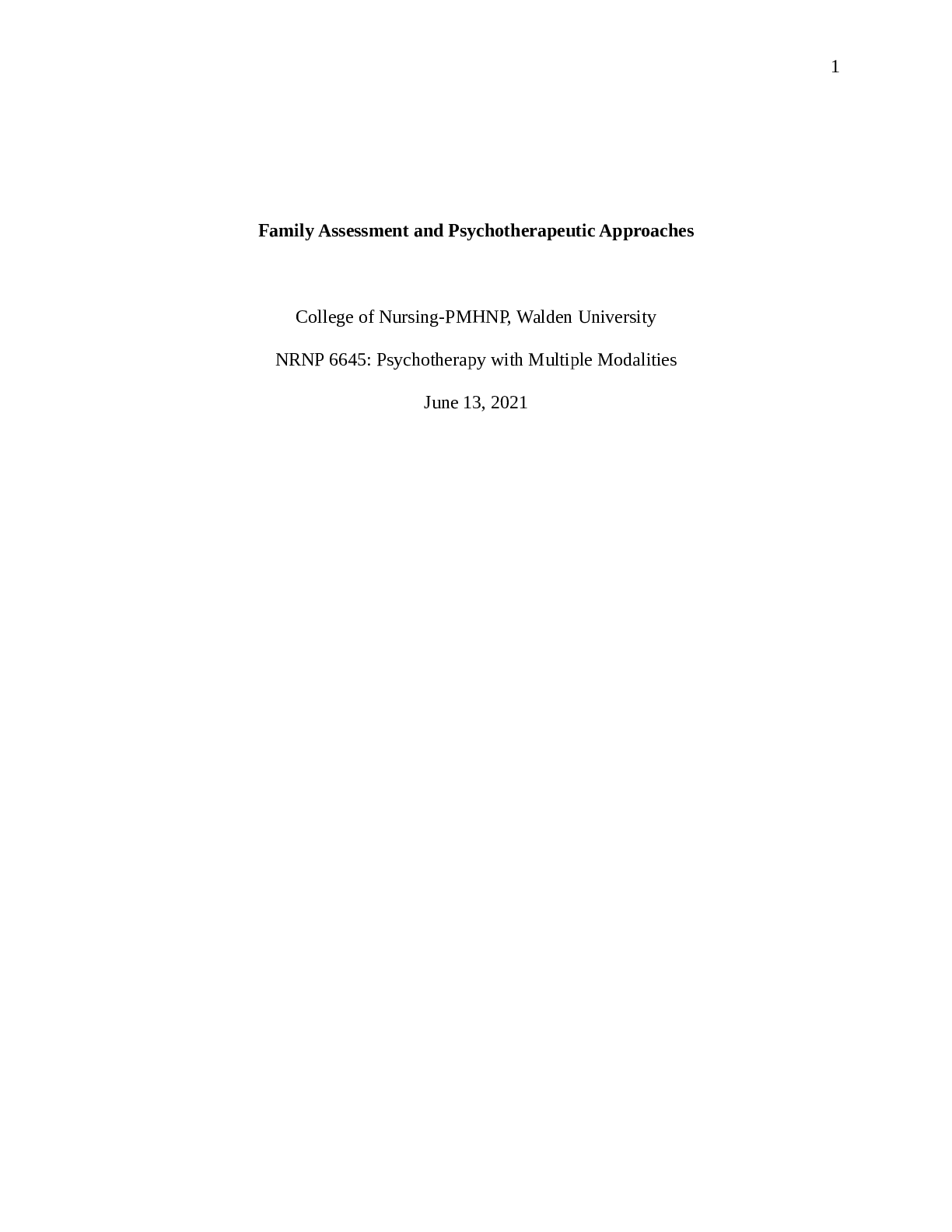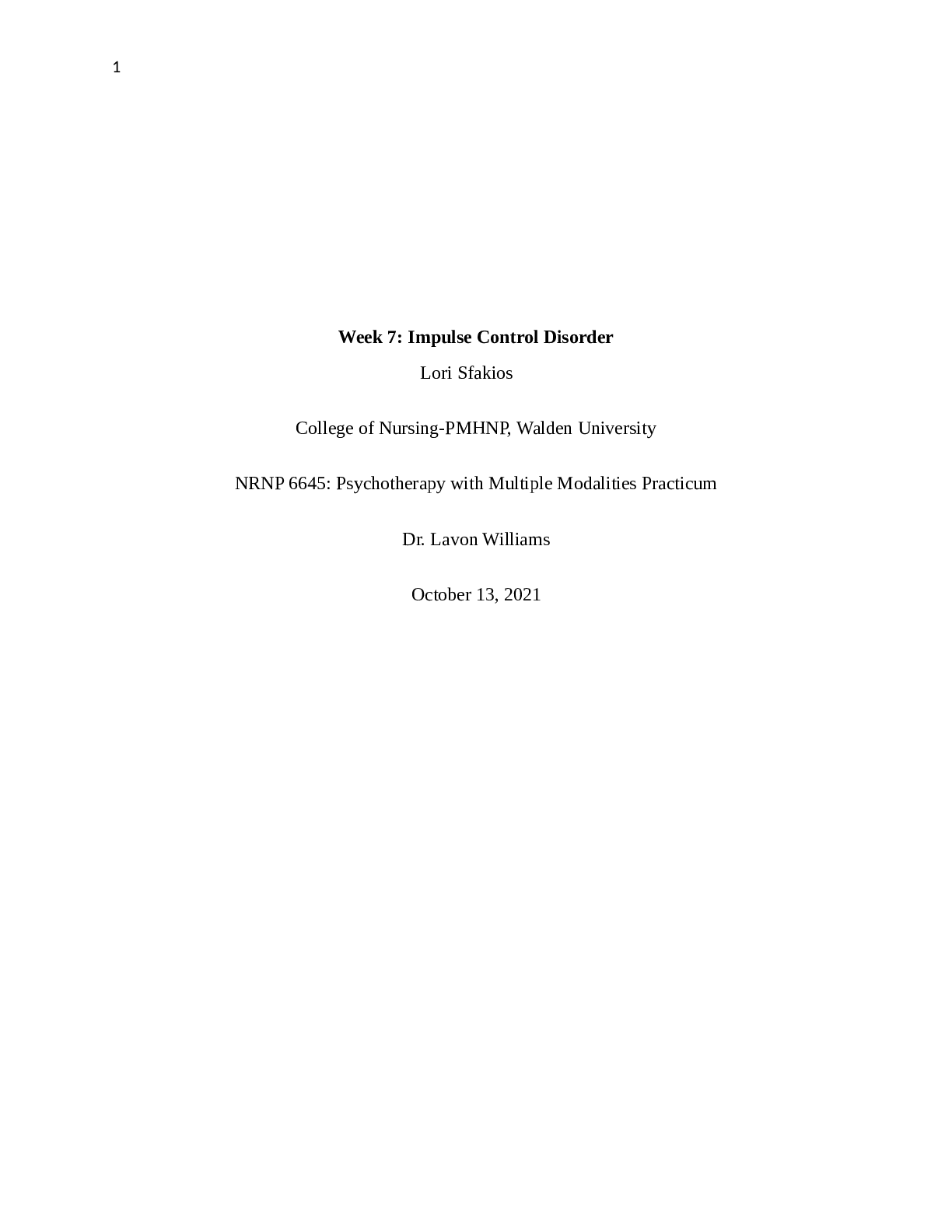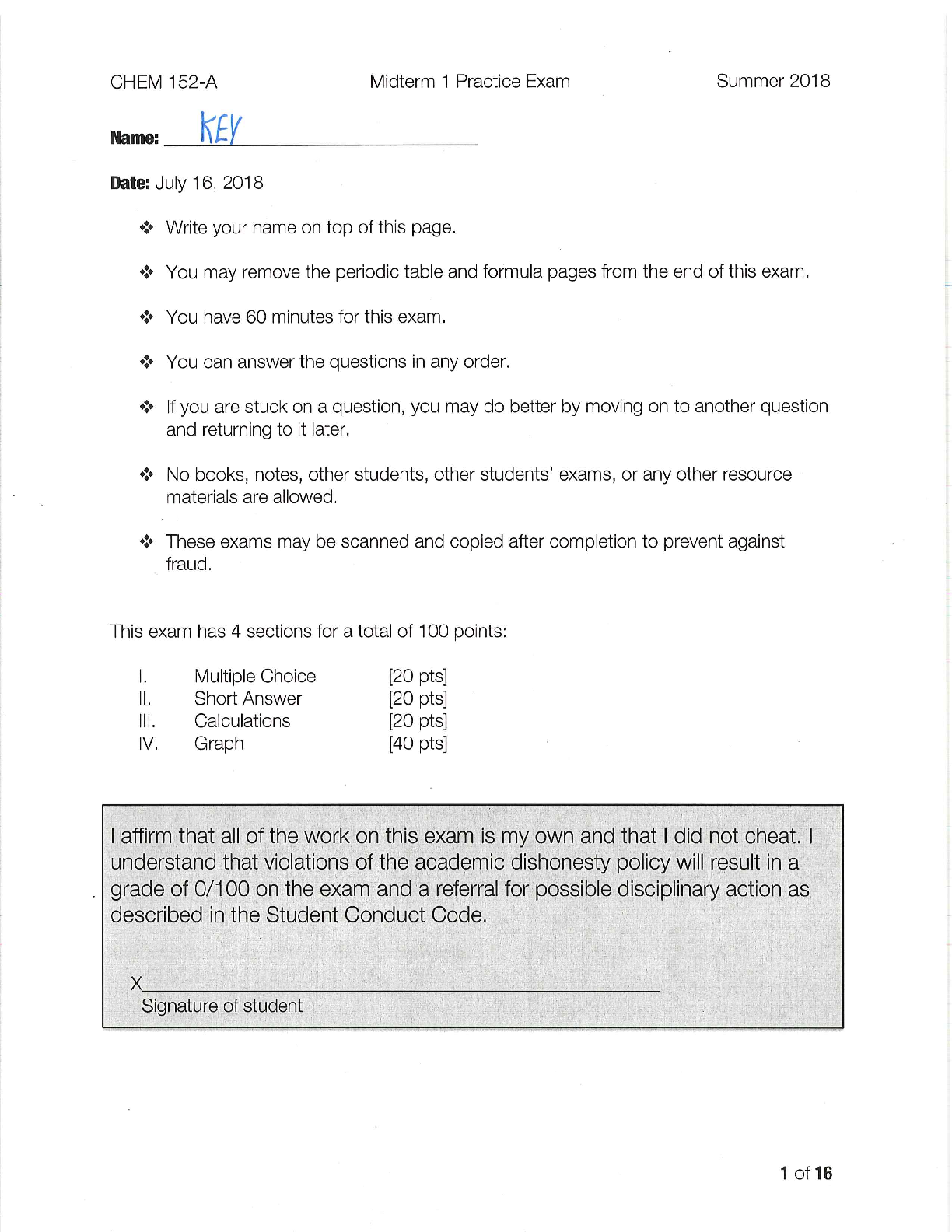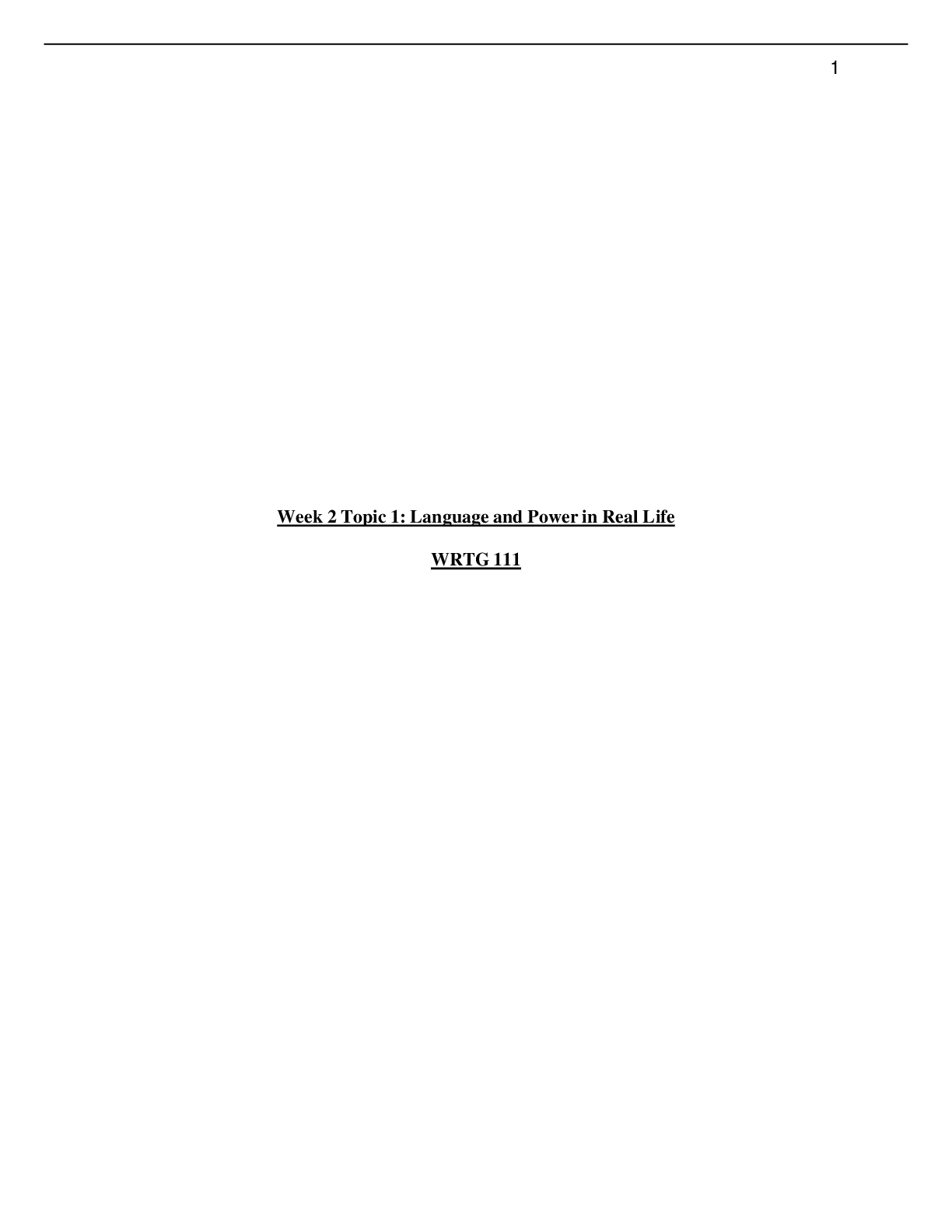Child Learning and Development > ESSAY > The Role of Play in Children’s Development Observation (All)
The Role of Play in Children’s Development Observation
Document Content and Description Below
The Role of Play in Children’s Development Observation Observation Assignment The observation was completed at Mt. San Antonio College. The children I have observed is Joel K and Semird N. Th... ey were chosen for observation because one child is 2 years old, and another child is 4 years old, and they are active children. Provide the child’s first name and age: Joel K__4 years old Semird N_2 years old 1. Using the length and weight chart found in the back of your text, determine whether your focus child is above average, average, or below average for these two physical features. The length and weight of your focus child is available to you in the observation lab if you are observing at the Mt SAC Child Development Center. Joel K: 4 years old. His height: 39 inches and his weight: 35 lbs is average. Semird N: 2 years old. Her height: 29 inches is below average, and her weight: 23 lbs. is average. 2. Pages 133-137 of the text discuss motor development in infants and toddlers. Pages 222-225 discuss motor development in early childhood. Reviewing these pages will help you answer the following questions: According to Berk (2018) “Gross-motor development refers to control over actions that help infants get around in the environment, such as crawling, standing, and walking. Fine-motor development has to do with smaller movements, such as reaching and grasping (134)”. Therefore, fine motor and gross motor are moving development of child. They learn how to crawl, stand, walk, run, hold, grip to explore the environment around them. According to Berk (2018): As the child’s center of gravity shifts toward the trunk, balance improves, paving the way for new gross-motor achievements. Preschoolers run, jump, hop, gallop and eventually Huynh 2 skip, throw, and catch, and generally become better coordinated. Improved control of the hands and fingers leads to dramatic gains in fine-motor skills. Preschoolers gradually become self-sufficient at dressing and feeding. By age 3, children’s scribbles become pictures. With age, drawings increase in complexity and realism, influenced by gains in children’s cognitive and fine-motor capacities and by their culture’s artistic traditions. Cognitive advances and exposure to written materials contribute to progress in accurately printing alphabet letters. Body build and opportunity for physical play affect motor development. Sex differences favoring boys in force and power and girls in balance and fine movements are partly genetic, but environmental pressures exaggerate them. Children master the motor skills of early childhood through informal play experiences. (253). From this point, in early childhoo [Show More]
Last updated: 2 years ago
Preview 1 out of 18 pages

Buy this document to get the full access instantly
Instant Download Access after purchase
Buy NowInstant download
We Accept:

Reviews( 0 )
$7.00
Can't find what you want? Try our AI powered Search
Document information
Connected school, study & course
About the document
Uploaded On
Dec 08, 2022
Number of pages
18
Written in
Additional information
This document has been written for:
Uploaded
Dec 08, 2022
Downloads
0
Views
54














